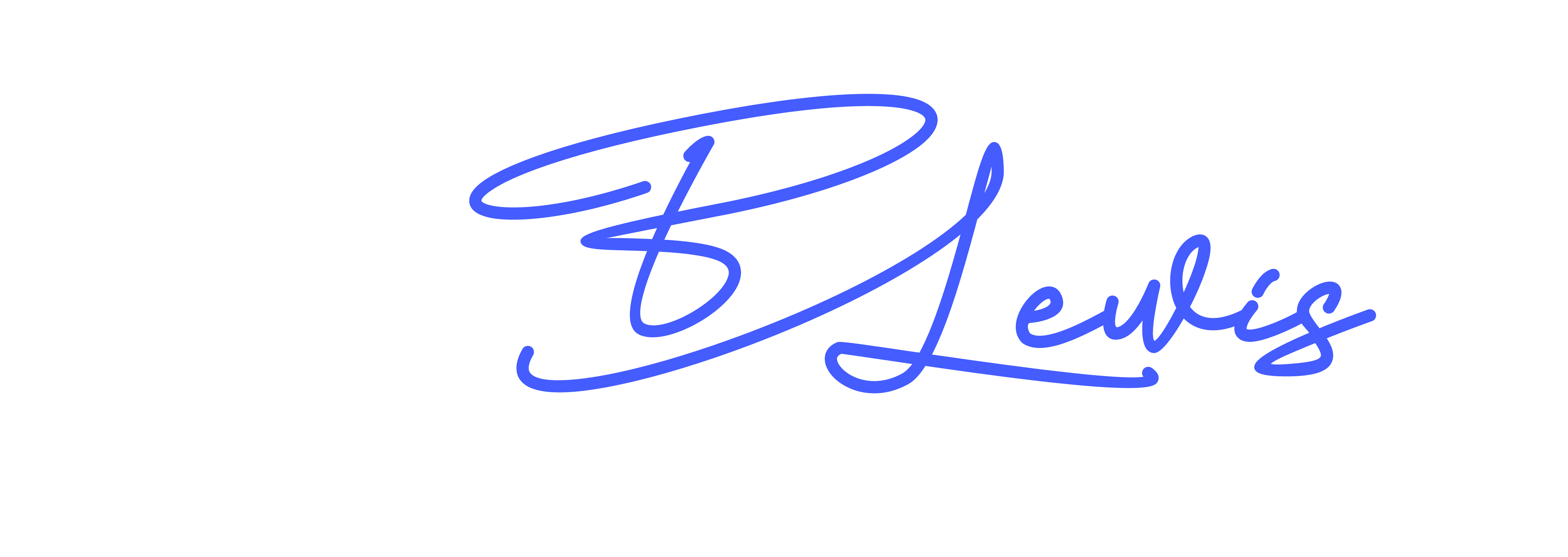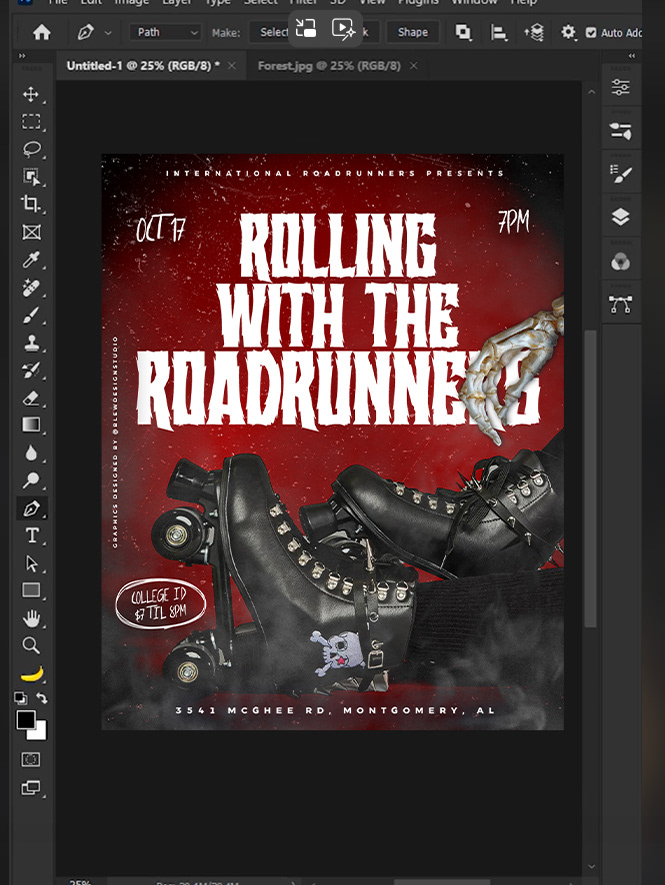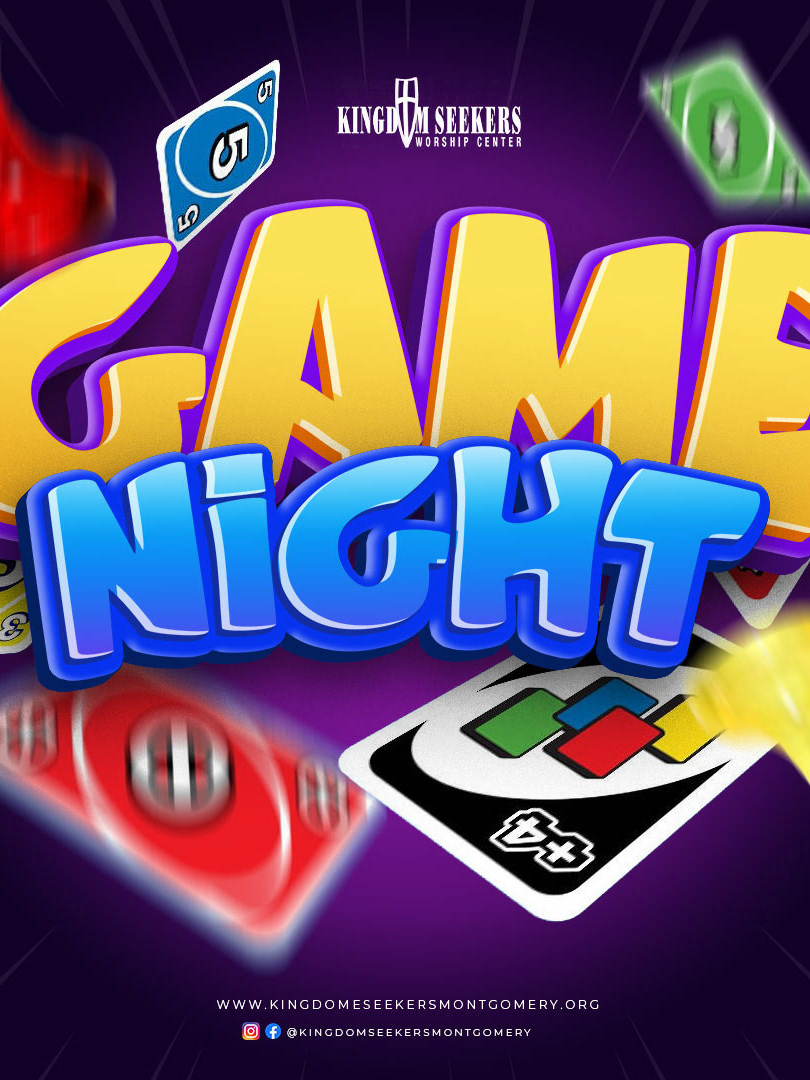Cybercore Magazine Spread
This four-page magazine spread explores the CyberCore aesthetic through a visually driven interview with a participant deeply immersed in the culture. The layout balances written content with strong visual elements to capture the movement’s layered identity—blending nostalgic futurism, techwear fashion, and Y2K digital aesthetics.
The article features original photography of the interviewee styled in CyberCore fashion, alongside curated product shots sourced directly from online retailers to contextualize the individual pieces. Typography and layout decisions were influenced by early web interfaces and cyberpunk visuals to echo the subculture’s aesthetic roots. This project aimed to merge cultural storytelling with editorial design to reflect both the style and ideology behind CyberCore.
Project Print Editorial Design | 4-Page Spread
Initial Spread Layout Exploration
This early layout mockup illustrates the initial structure I planned for the magazine spread—mapping out intended placements for imagery, text, and key elements. While the final design ultimately shifted, this draft was a crucial part of the creative process. It shows how I approached content hierarchy, layout strategy, and visual planning before refining the direction.
While this version offered visual balance, I ultimately decided it didn’t support the theme of the article effectively. The original arrangement felt too static and lacked the visual impact needed to reflect the subject matter. I revised the layout to better emphasize the clothing imagery, enhance visual flow, and create a stronger connection between content and design.
Full Spread Overview
This section displays each page of the CyberCore magazine article in sequential order, offering a comprehensive view of the four-page editorial spread. The horizontal arrangement showcases visual pacing, grid continuity, and the structural rhythm of the layout — allowing viewers to observe how typographic hierarchy, image placement, and negative space evolve across the entire feature.
Inspired by the atmospheric world-building of Cyberpunk 2077, the spread integrates design cues from futuristic HUD interfaces and AR targeting systems — such as scan lines, data overlays, framing reticles, and glitch aesthetics. These elements simulate the look and feel of surveillance tech and augmented reality, frequently seen in sci-fi video games and media. The design employs high-contrast palettes, layered textures, and digital artifacts to reflect the culture's gritty yet tech-saturated tone.
Through the interplay of stylized imagery, modular grid systems, and thematic color treatments, the editorial visually mirrors the fragmented, hyper-visual landscape of cyberpunk media — crafting a bold visual identity that immerses the reader in the subculture’s dystopian futurism.
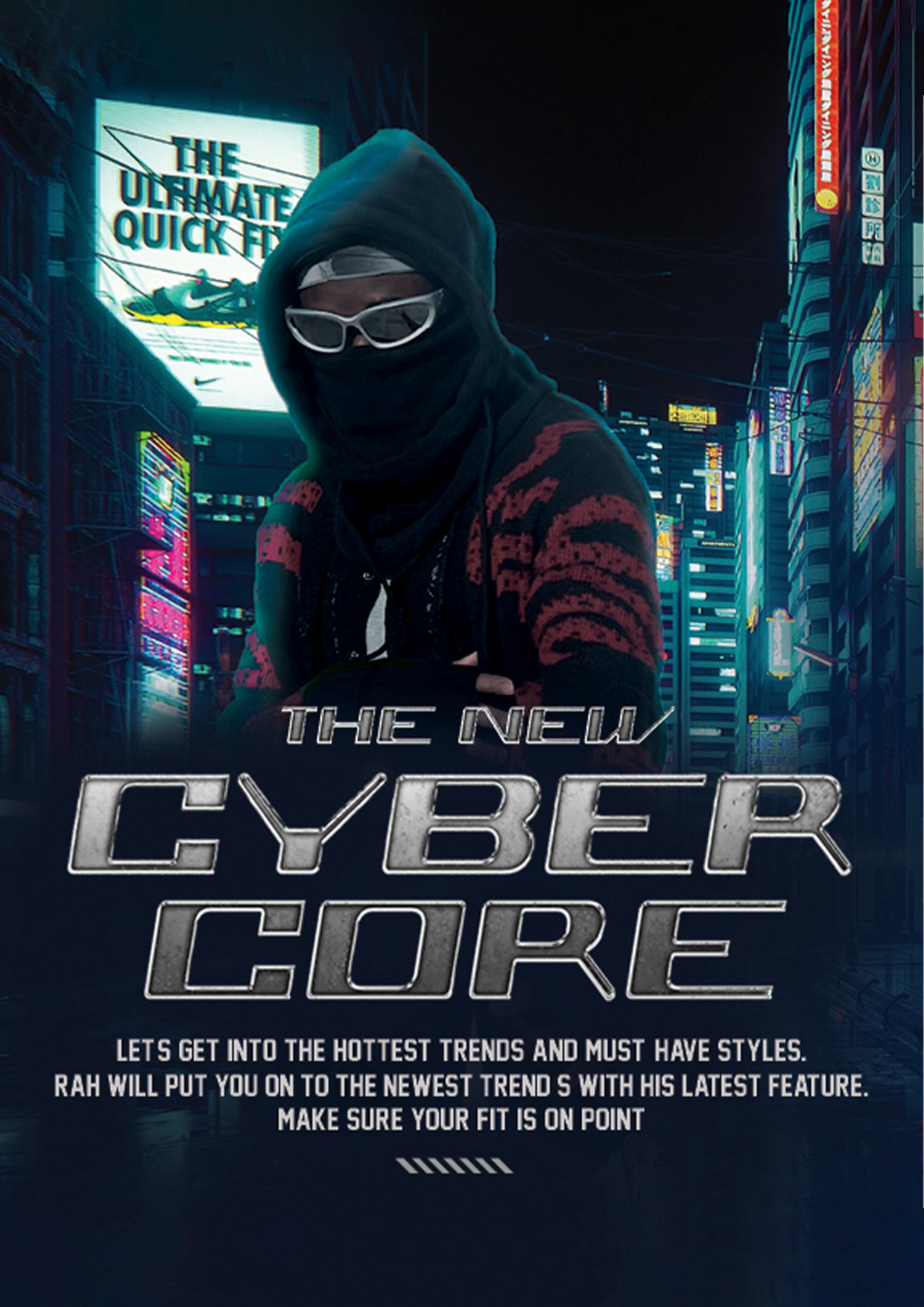
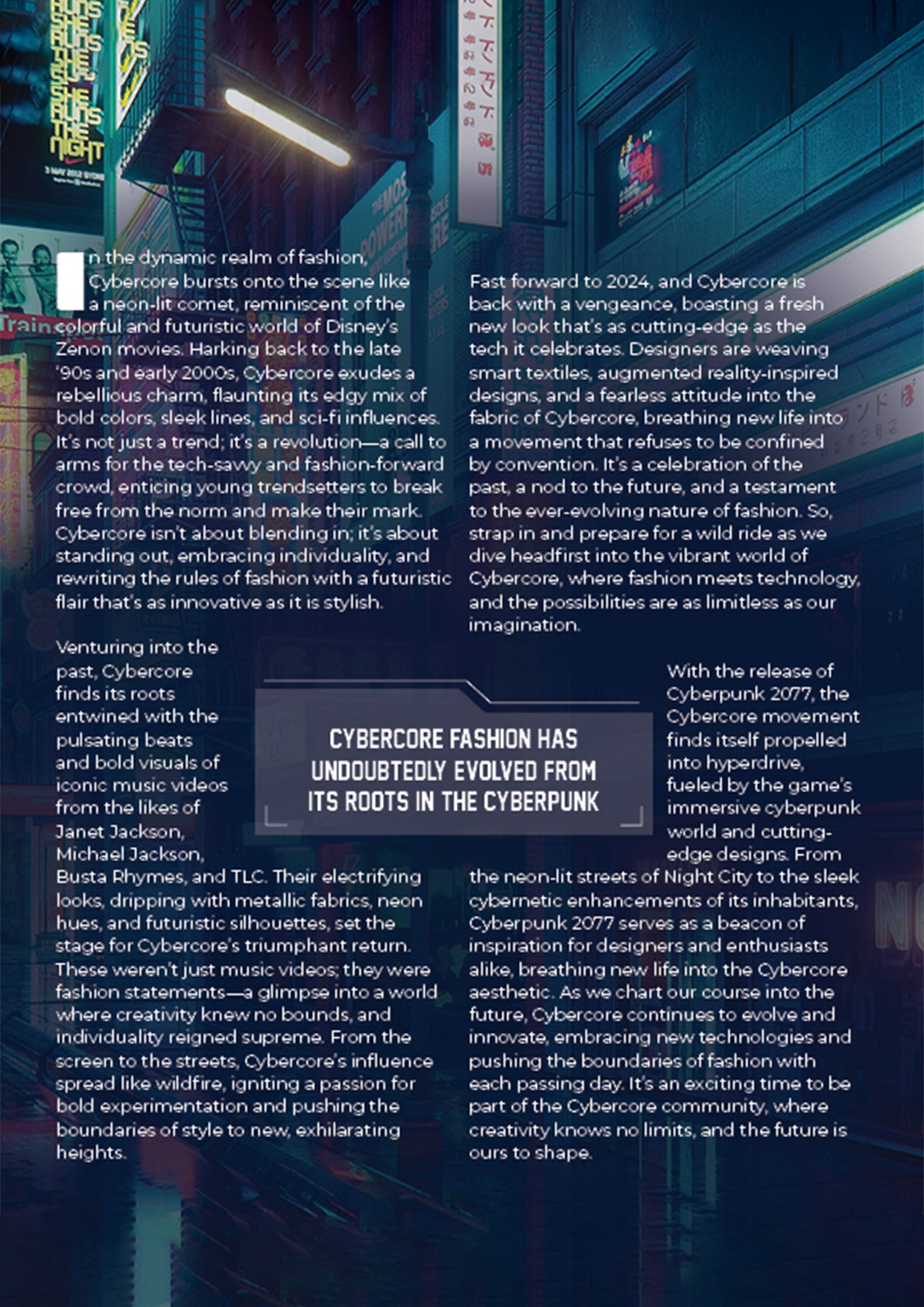
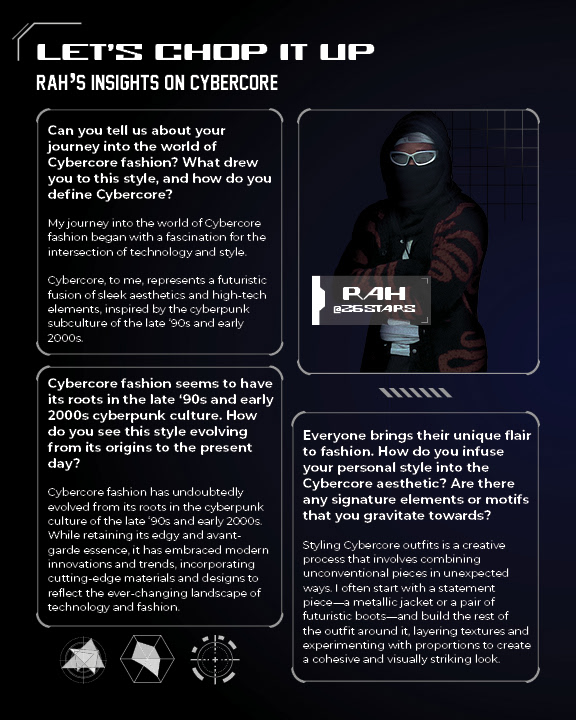
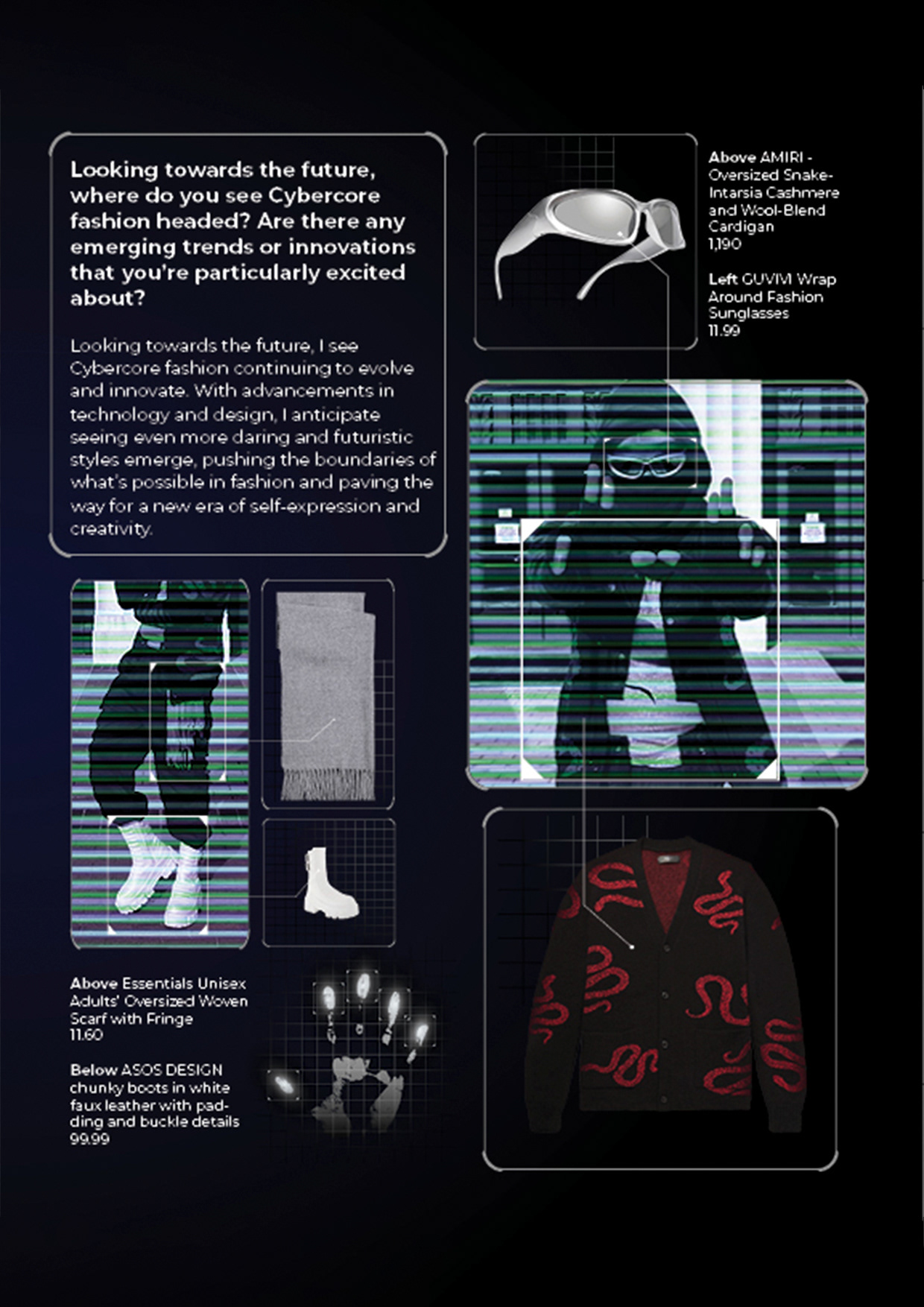
Technique Breakdown: 'Scan' Effect in Photoshop
A quick demonstration of how I created the ‘scan’ effect—replicating vintage security camera scan lines—using photo manipulation techniques in Photoshop, after a teammate asked about the process behind one of my images.
